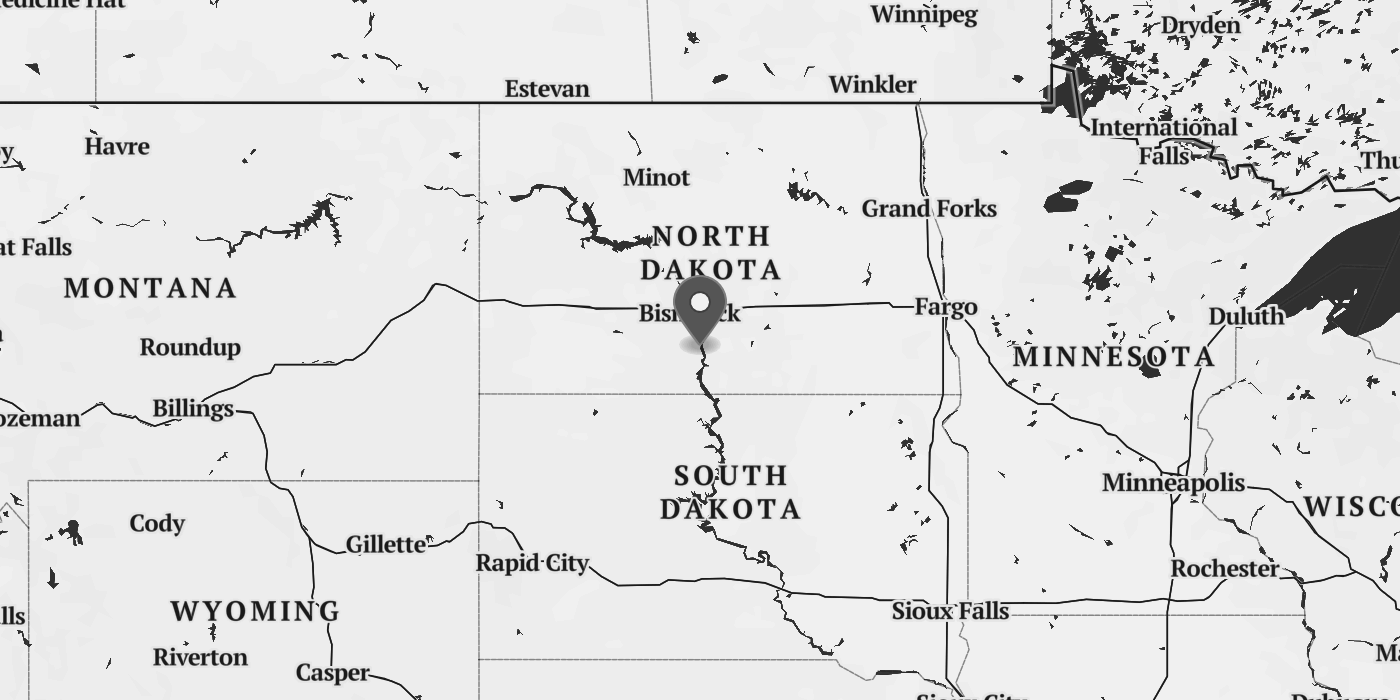Dakota Access Pipeline Disruption

Methodology
Step 1: Calculate the quantity of CO2 emissions that were delayed by each day of the action.
The Dakota Access Pipeline construction was delayed by protests for 5 months. The pipeline has the capacity to carry 750,000 barrels of light sweet crude oil per day1 and we assume it operates at 95% capacity.
We then convert barrels transported into energy transported (in MJ) assuming the conversion between barrels of oil to energy is 5861.5 MJ/boe.2
We then convert energy transported per day to carbon emissions, assuming the carbon density of crude oil from the Bakken formation is 10.2 g/CO2eq/MJ.3
Step 2: Calculate the benefit of delaying (temporarily storing) these emissions for the period of the action.
The pipeline construction began in 2016 after the U.S. Army Corps of Engineers fast-tracked the project under a permitting process that enables environmental assessments to be waived for utility projects that have “minimal” impact on the environment. 4
The Standing Rock Sioux Tribe objected to the project because it passes through North Dakota's Lake Oahe, a sacred site and a major water source for the Standing Rock Sioux. During 2016, the tribe and other groups began protests to halt the project garnering wide public support with thousands of people traveling to the site to dispute the pipeline during the summer of 2016.
On September 10th, the Justice Department, the Department of the Army and the Interior Department announced that construction on Army Corps-controlled land near the Lake Oahe river crossing should not proceed pending further evaluation and consultation with the tribe.5
Construction was halted until February 9th, 2017, when it resumed under the Trump Administration.6 We calculate the carbon savings from the delay of construction of the pipeline for 153 days, from September 9th, 2016, until February 9th, 2017, using a temporary carbon methodology.7
Oil that would have been transported on Day 1 of the original opening date was stored for 153 days. Oil arriving on Day 2 would have been stored for 152 days. Oil arriving on Day 3, would have been stored for 151 days, and so on. The total delayed CO2 emissions equals the sum of each day's oil flow, multiplied by the number of days it was stored.
Converting these figures to years, this calculation yields the tonne-year benefit of the storage:
Step 3: Calculate the offset.
We then use an equivalence factor of 128 — which was calculated using the Lashof method — with a discount rate of 0 and a time horizon of 100 years. This equivalence factor posits that the effects of the release of 1 tonne of CO2 emissions are offset by the storage of 128 tonnes of CO2 for 100 years.
-
https://www.unitjuggler.com/convert-energy-from-boe-to-MJ.html ↩
-
Brandt, A. R., Yeskoo, T., McNally, M. S., Vafi, K., Yeh, S., Cai, H., & Wang, M. Q. (2016). Energy intensity and greenhouse gas emissions from tight oil production in the bakken formation. Energy & Fuels, 30(11), 9613-9621. ↩
-
Yardley, W. (2016). There’s a reason few even knew the Dakota Access pipeline was being built. Los Angeles Times, November 9th. ↩
-
Buhl L. and Horn S. (2016) Federal Agencies Step in After Judge Denies Tribe’s Request to Stop Dakota Access Pipeline. EcoWatch, September 10. ↩
-
Hampton, L. (2017) Drilling Resumes on the Dakota Access Pipeline. Scientific American, Feburary 9. ↩
-
Hersher, R. (2017) Key Moments in the Dakota Access Pipeline Fight. The Two-Way. National Public Radio, February 22. ↩
-
Chay et. al. calculate this equivalence factor using Lashof. Chay et. al. (2022) Unpacking ton-year accounting. Carbon(plan). Online: https://carbonplan.org/research/ton-year-explainer ↩
-
Fearnside et. al. (2000) Accounting for time in mitigating global warming through land-use change and forestry. Mitigation and adaptation strategies for global change. ↩